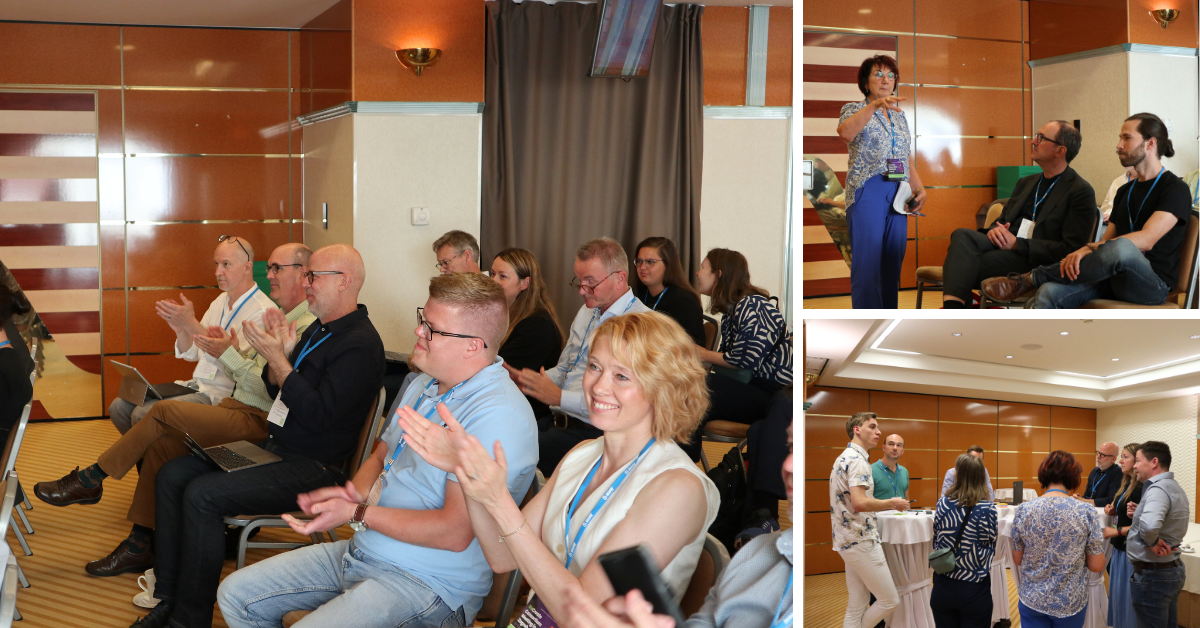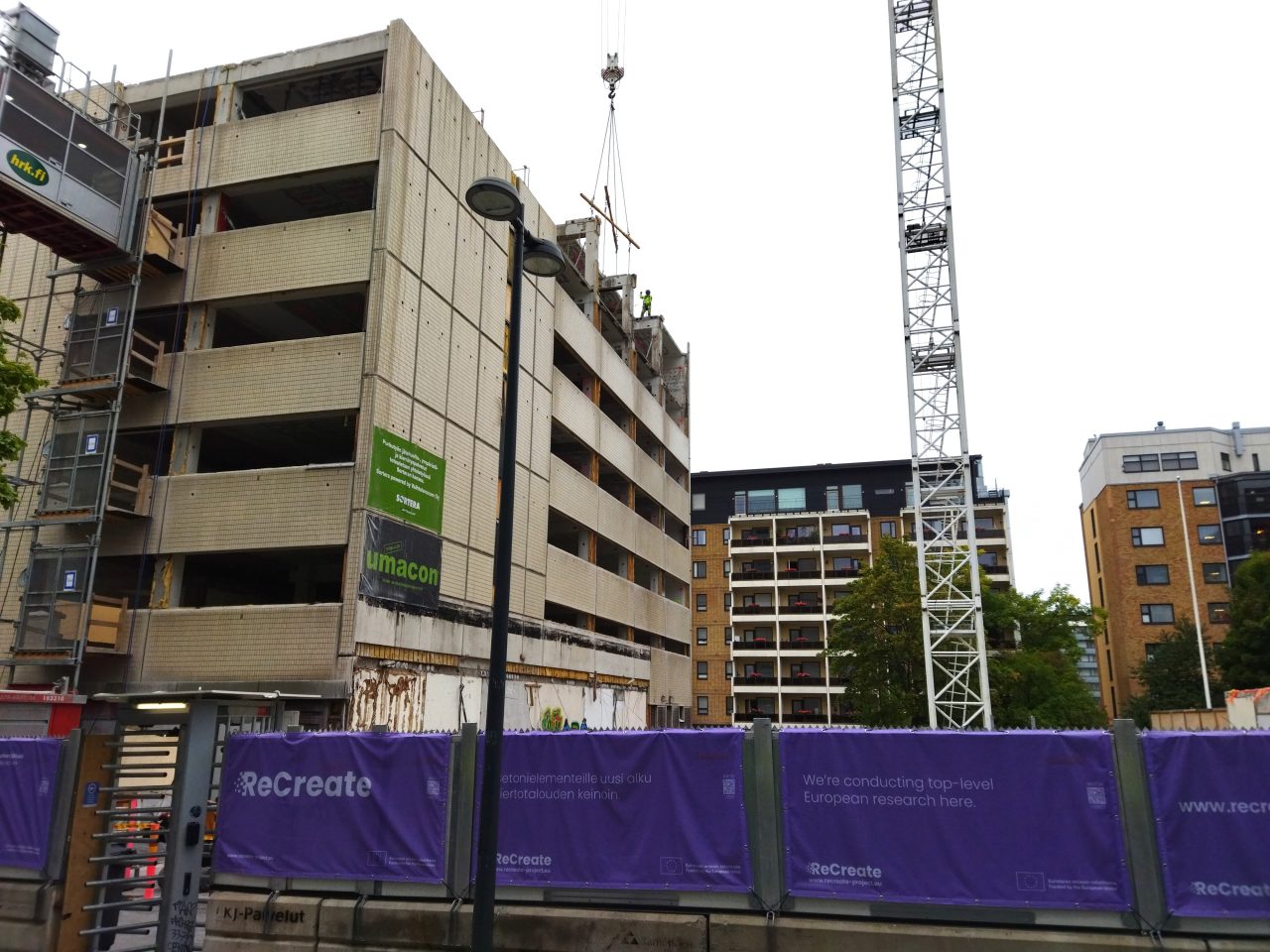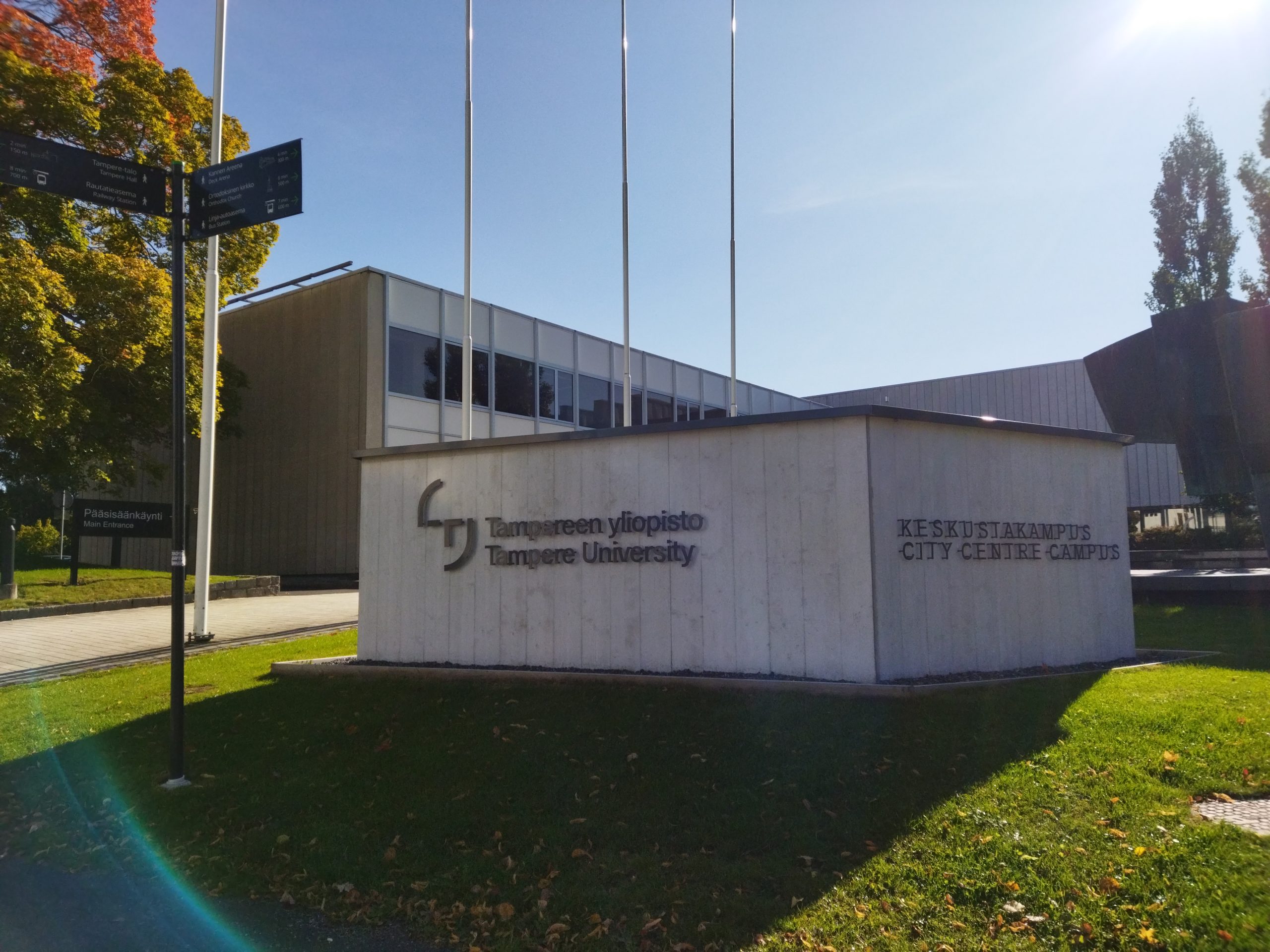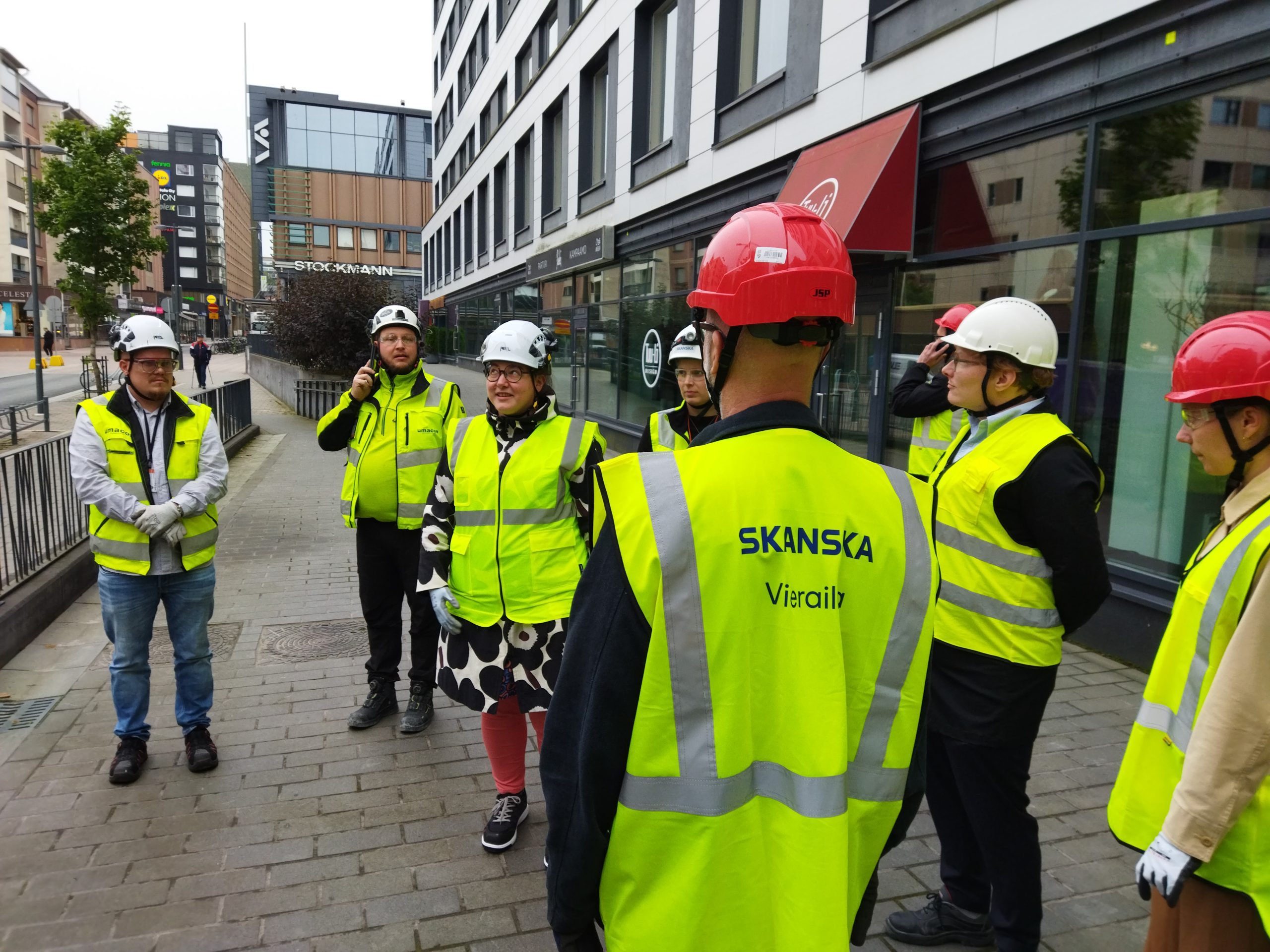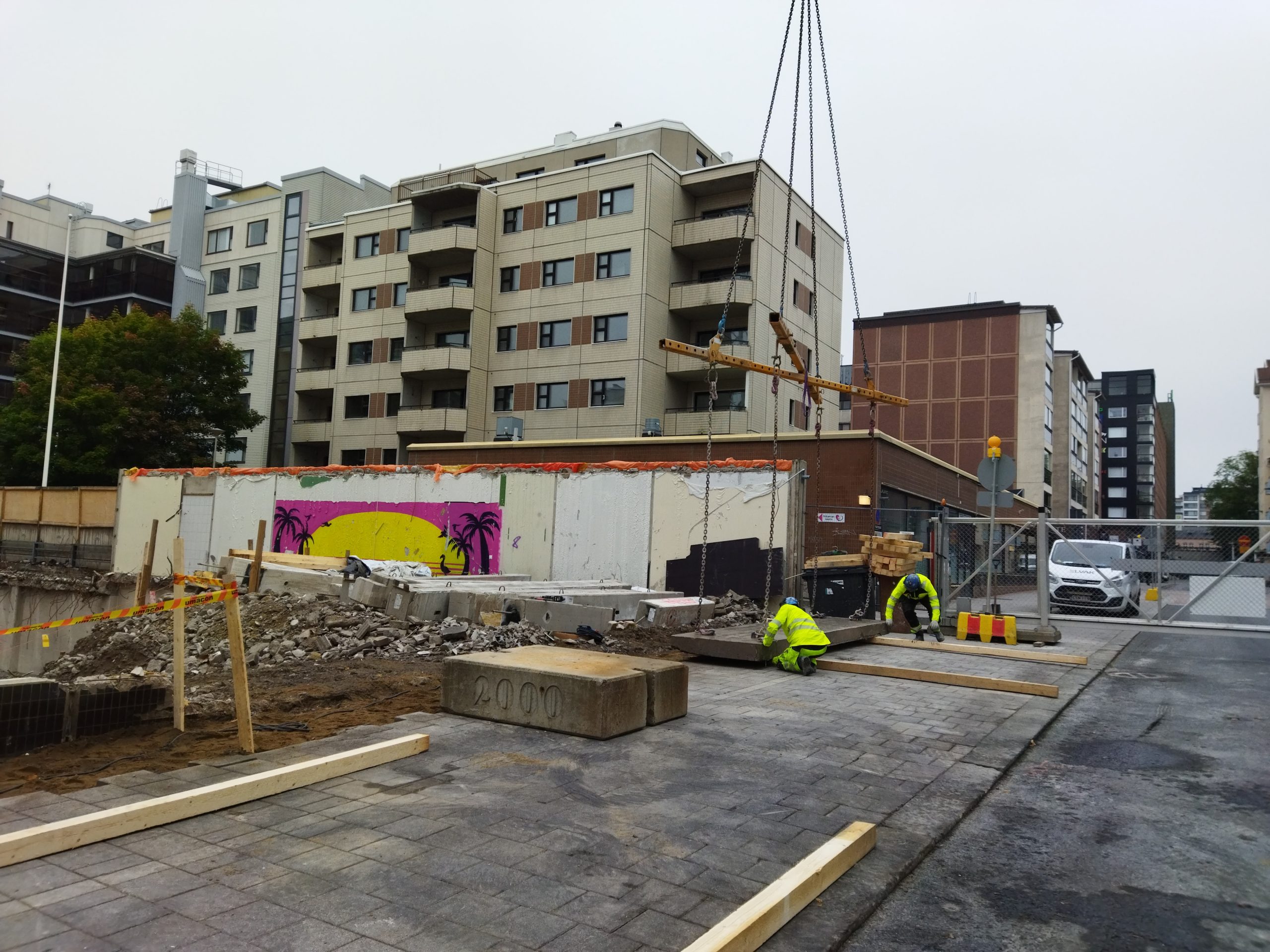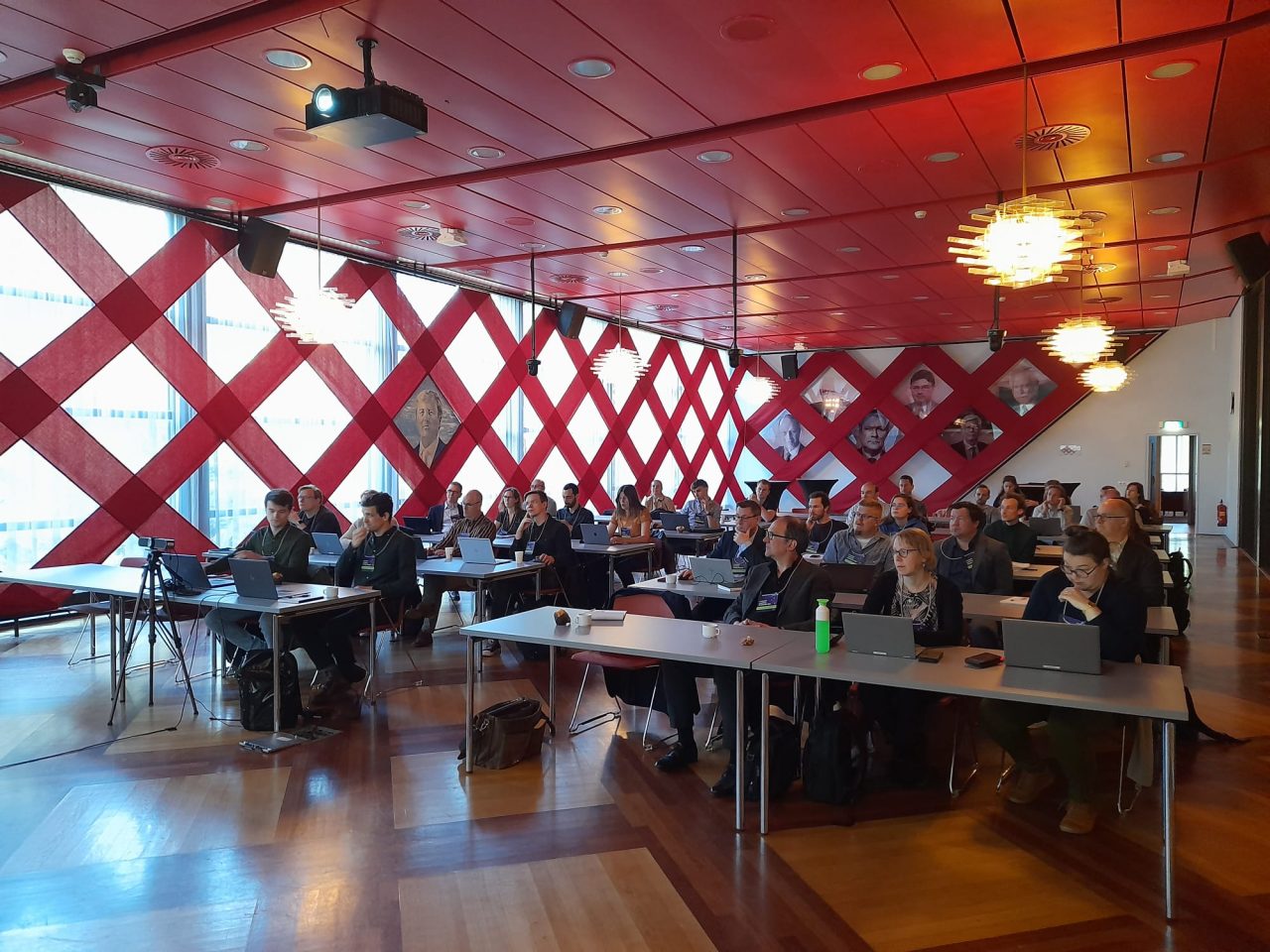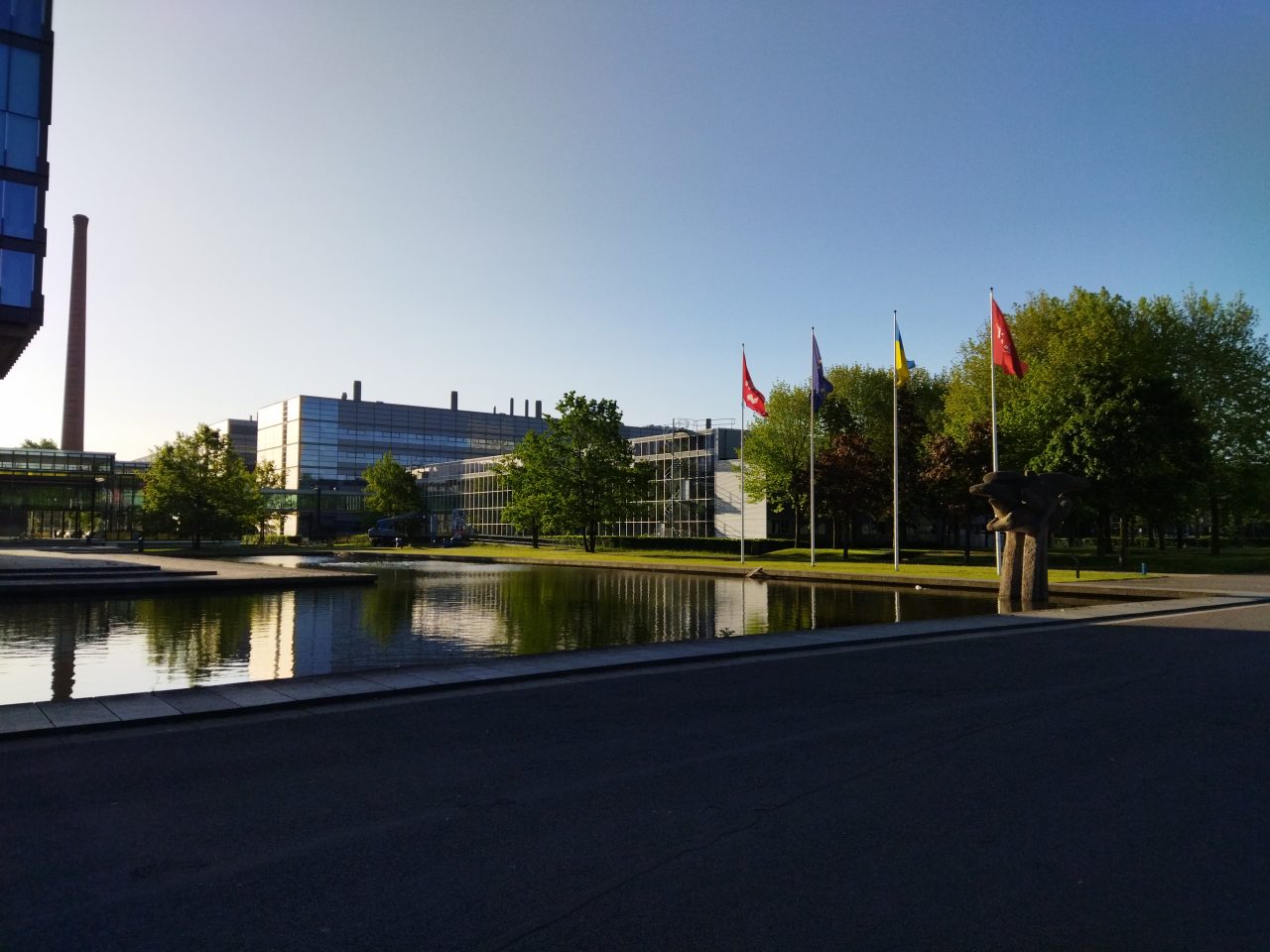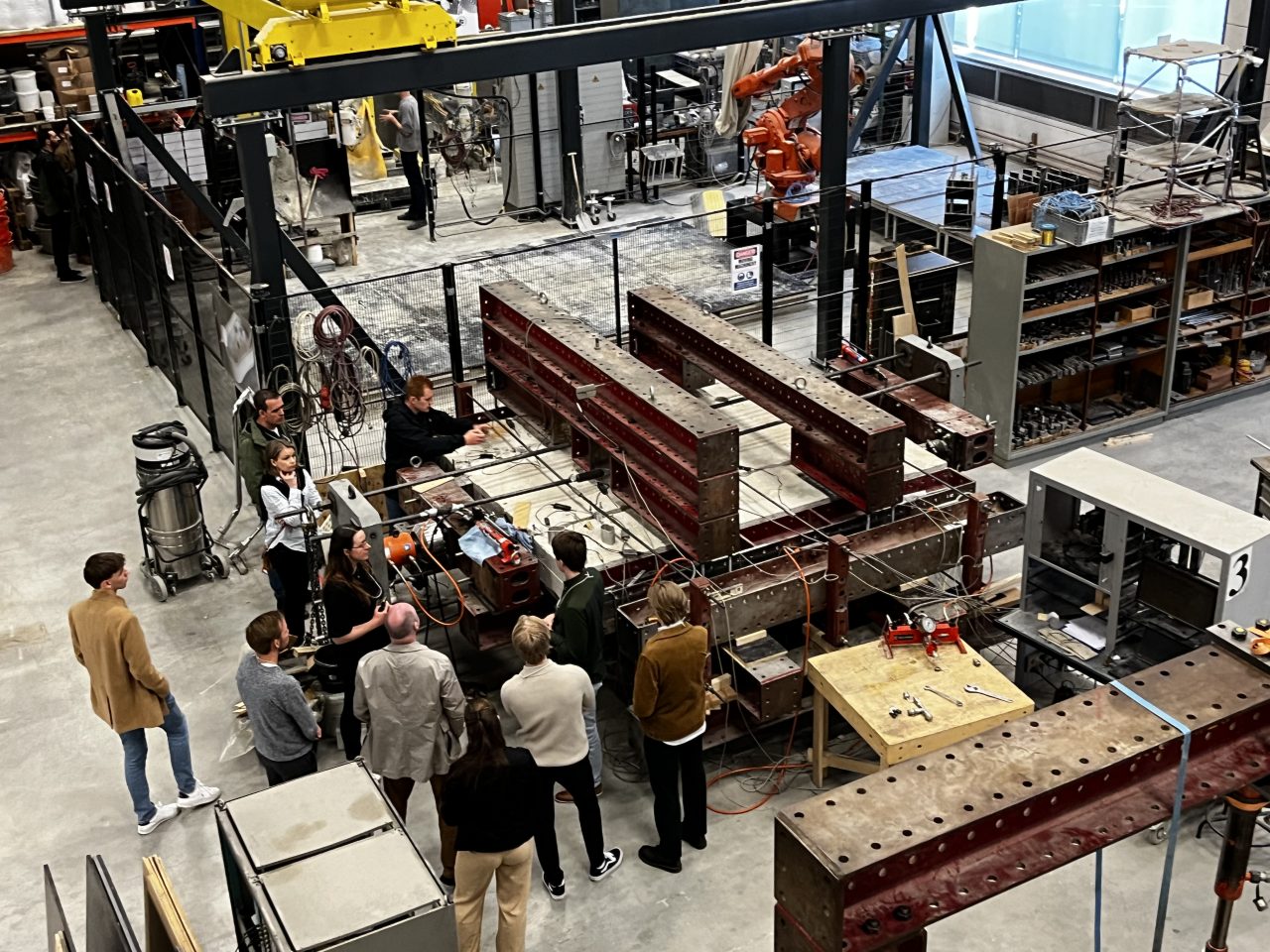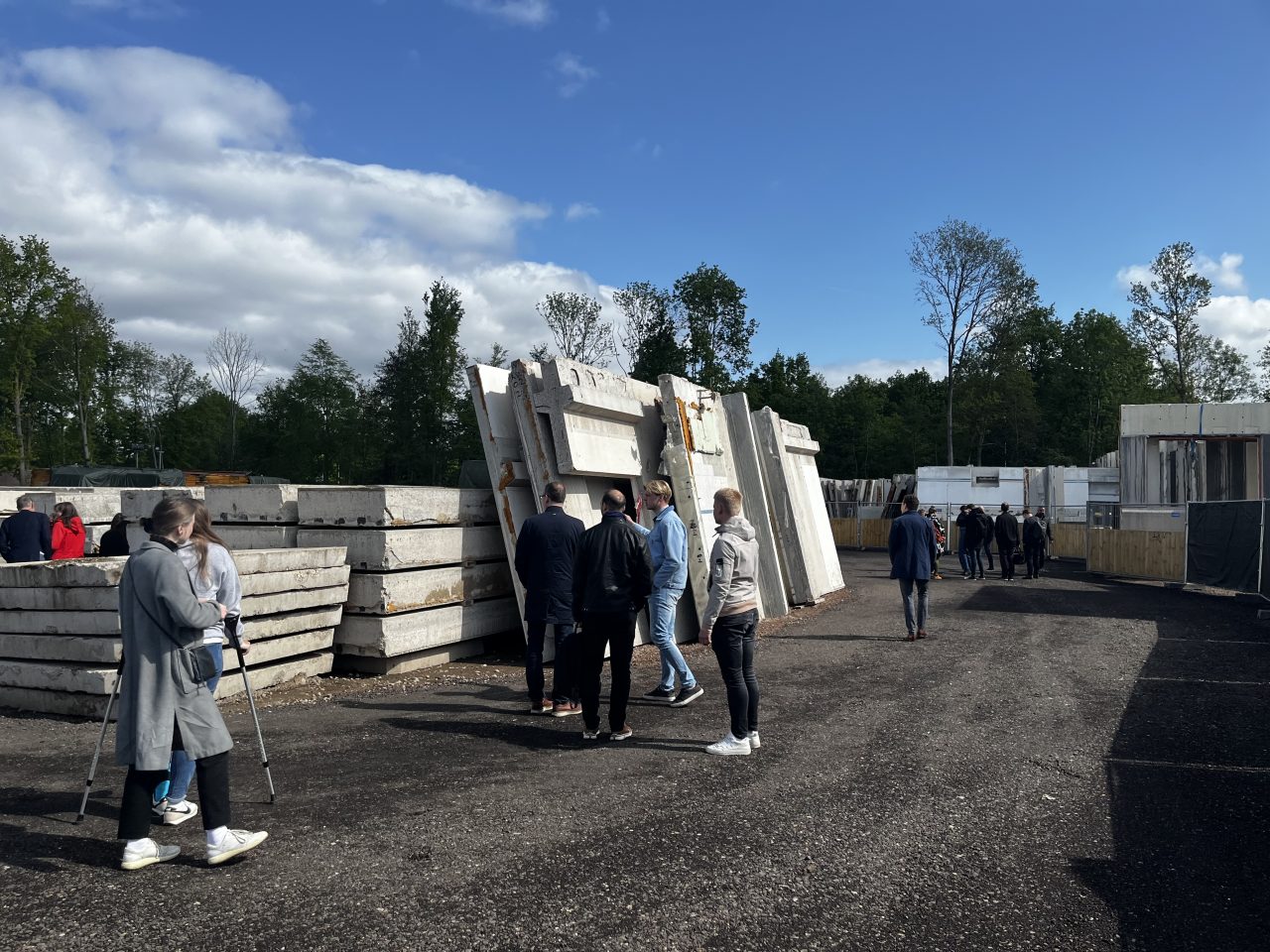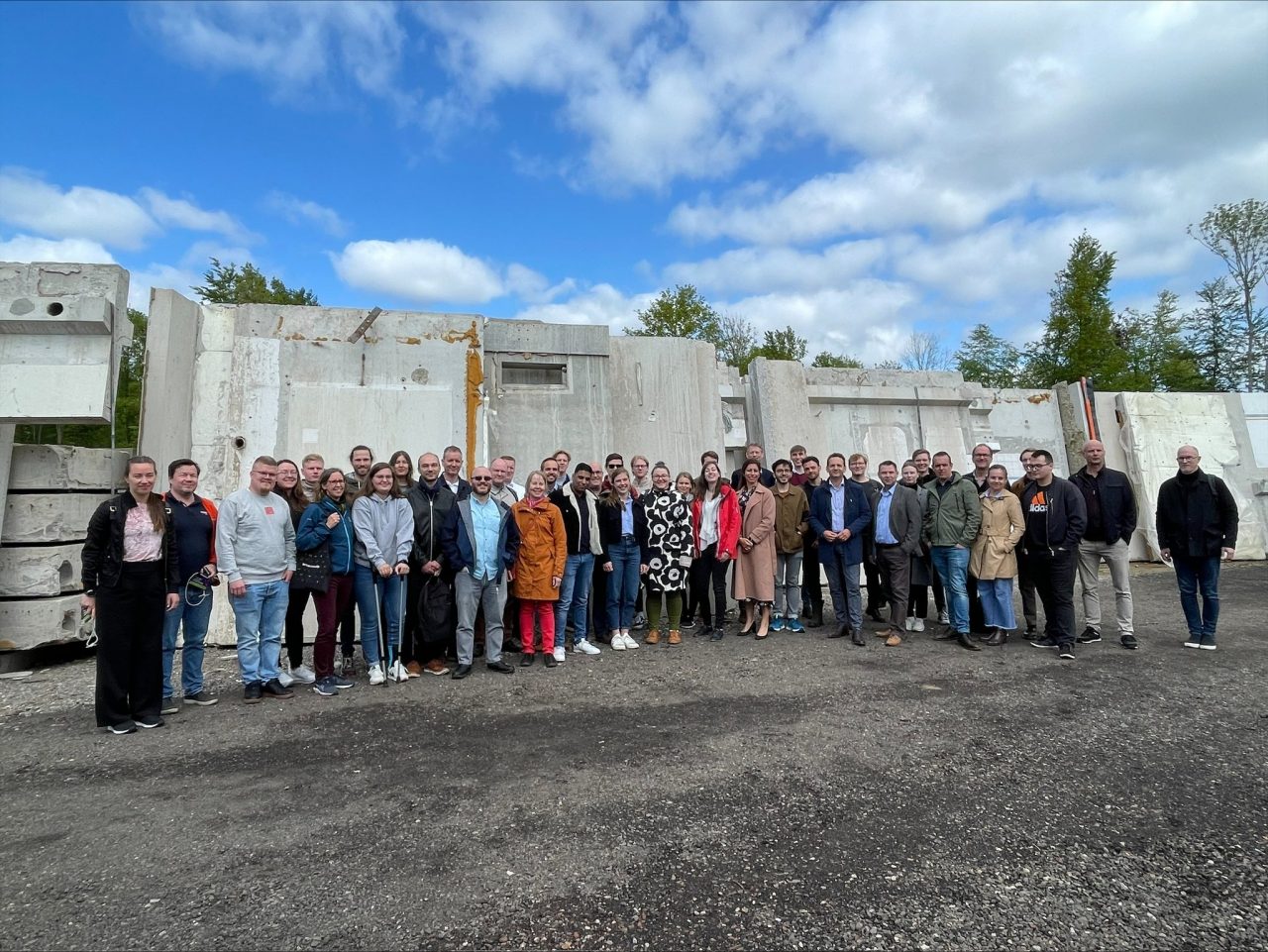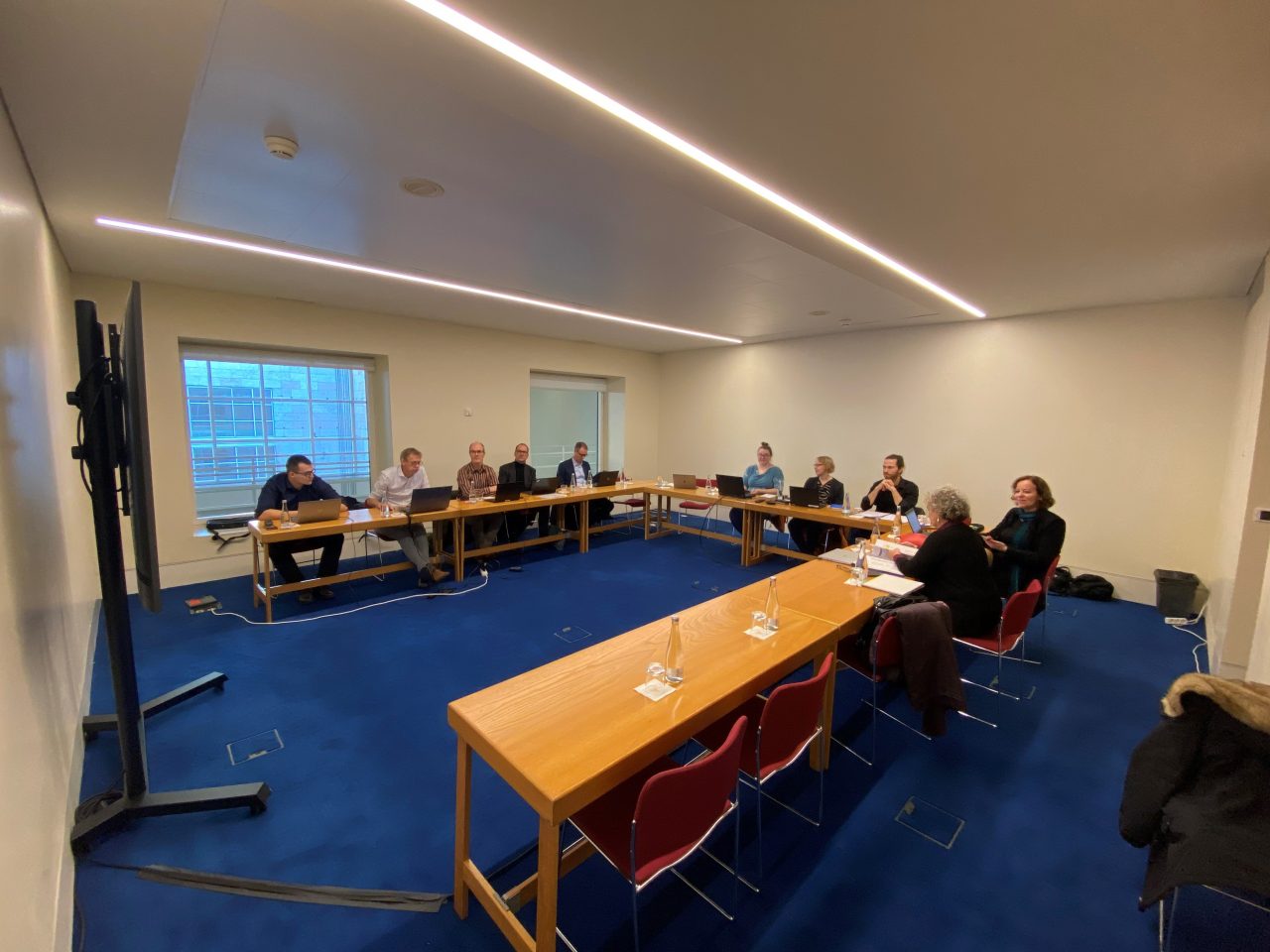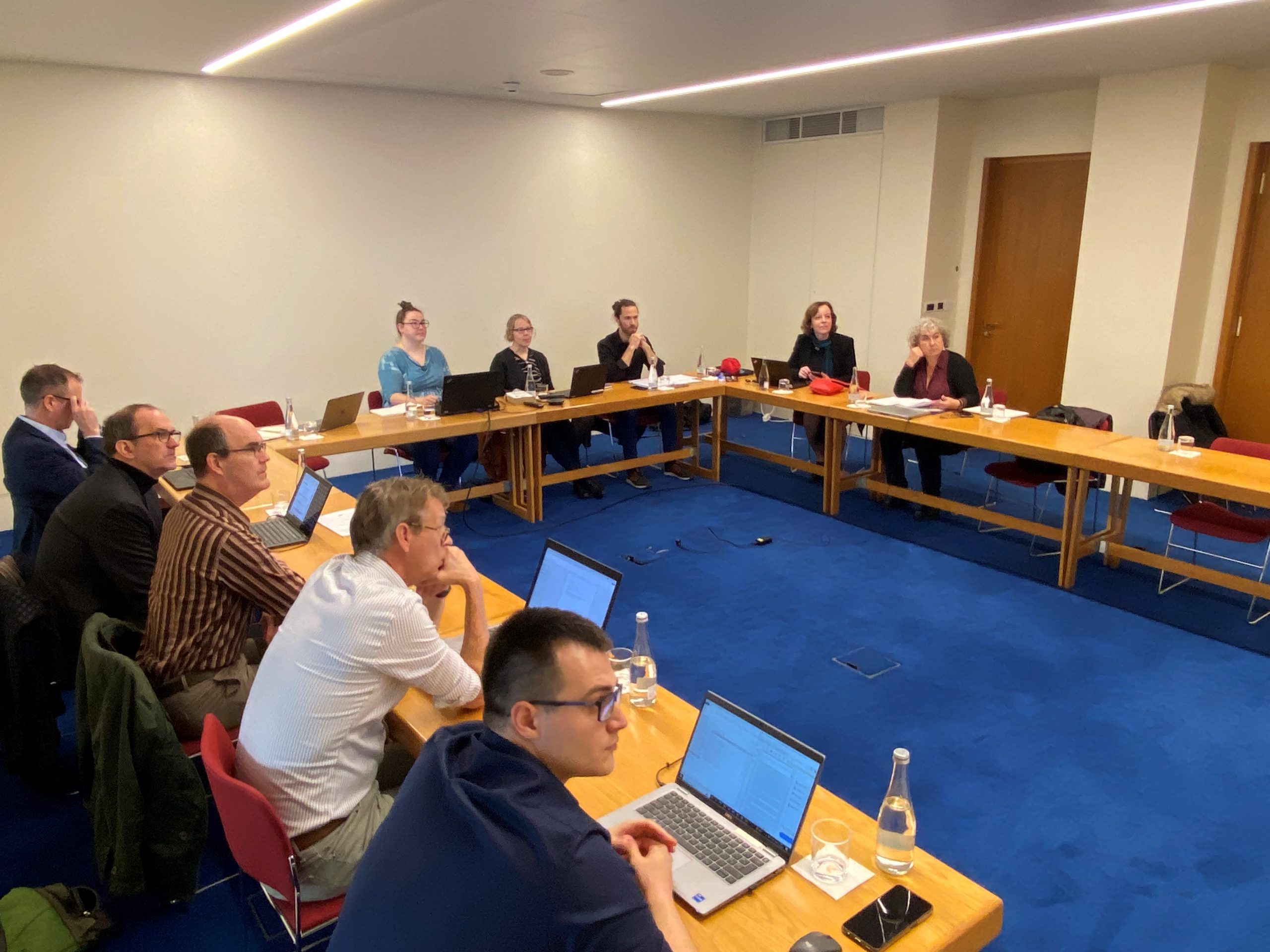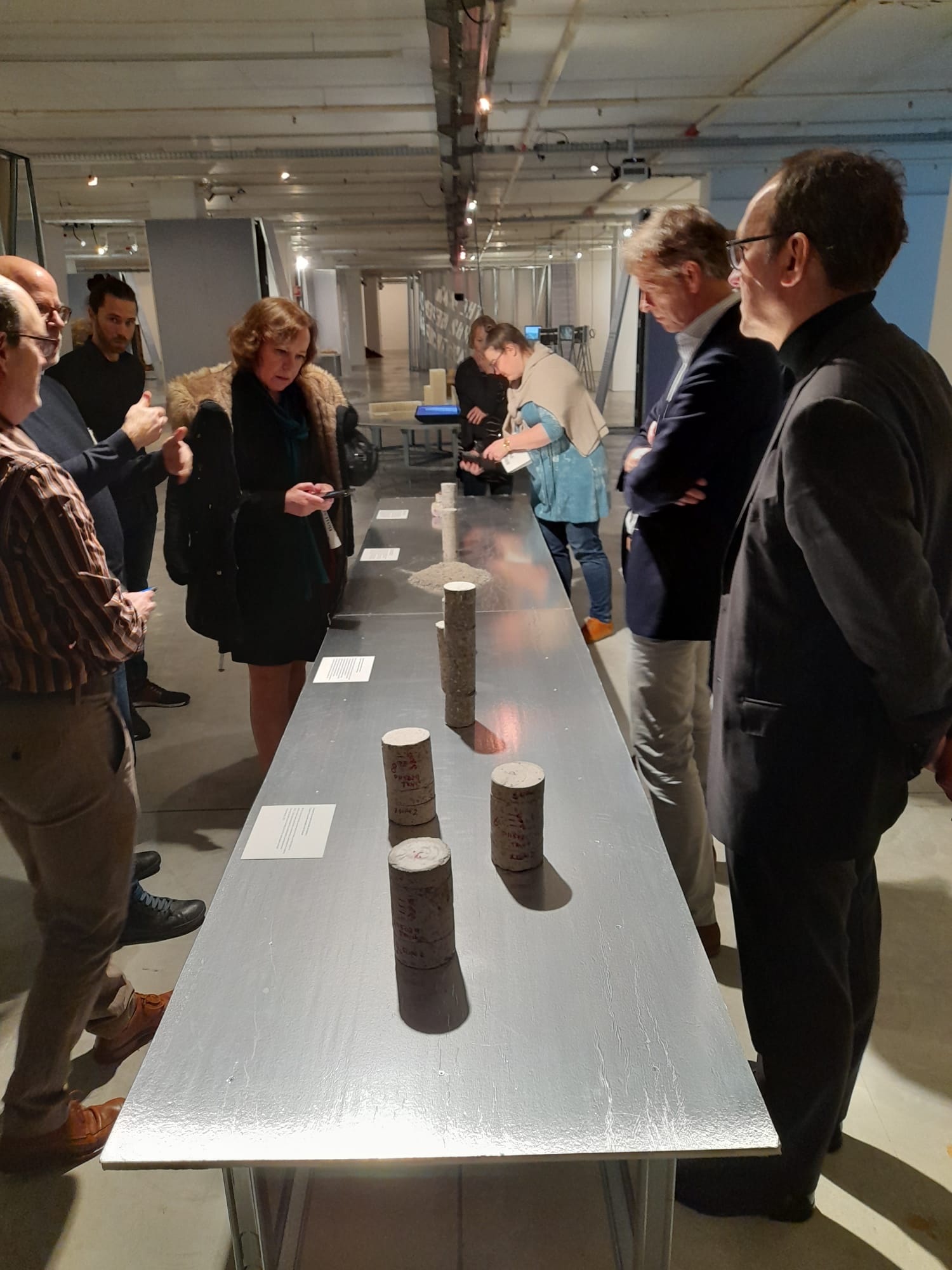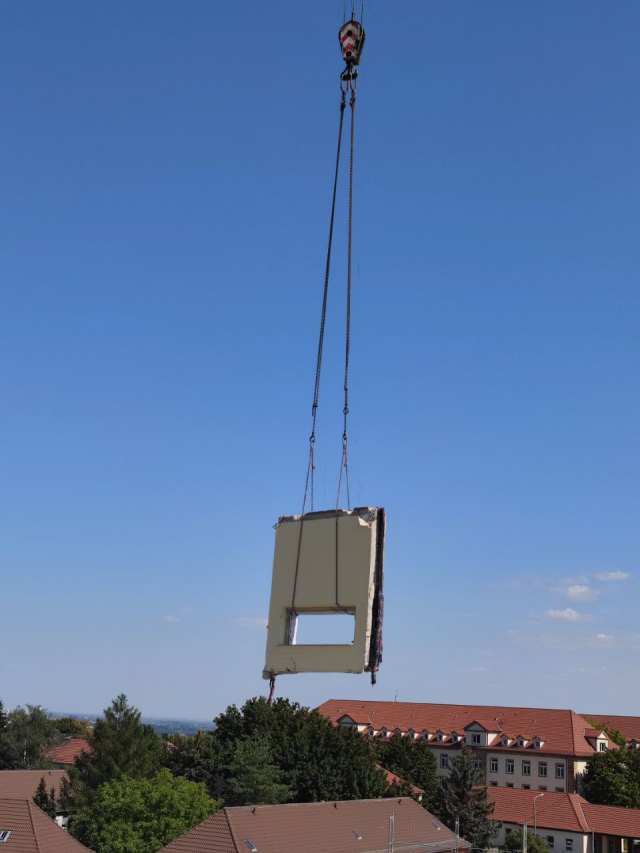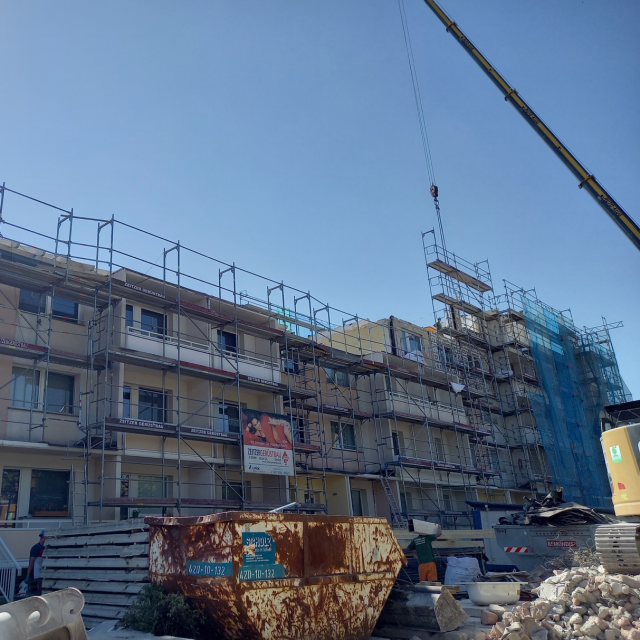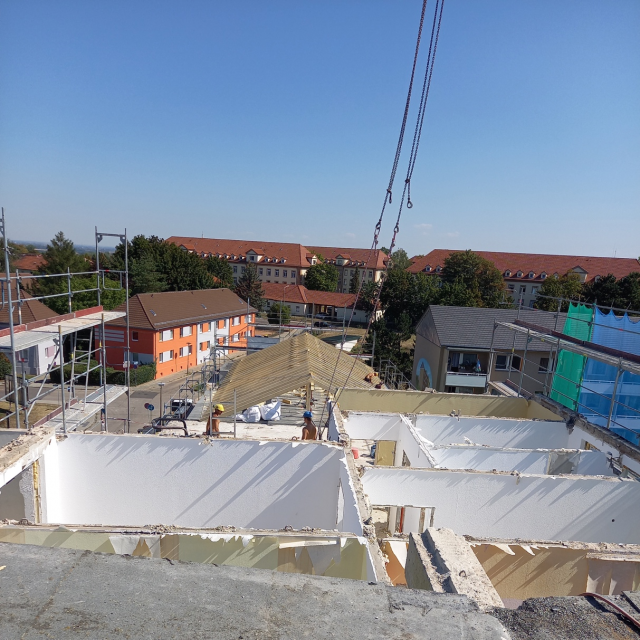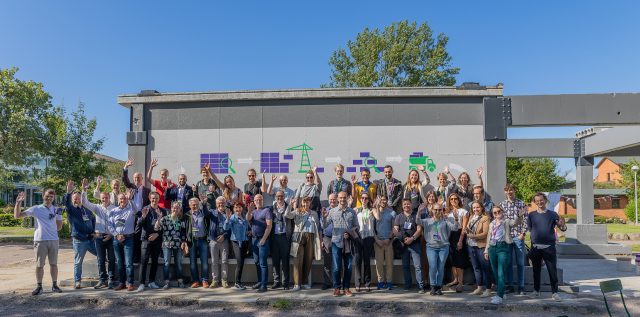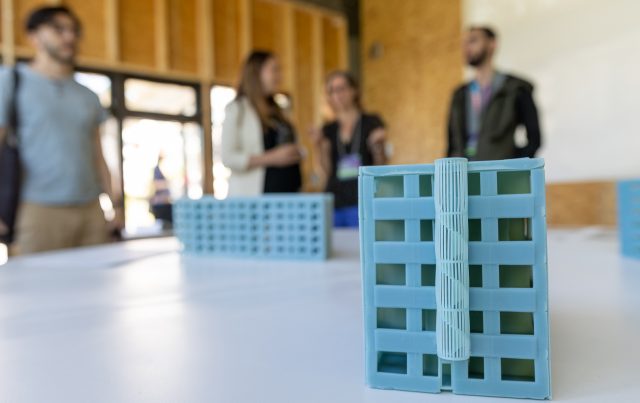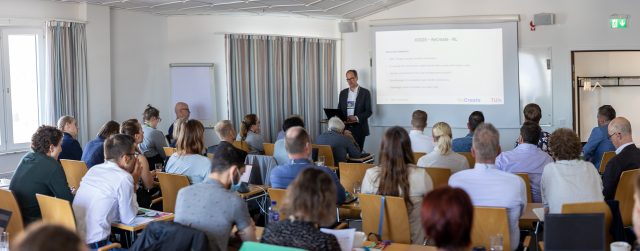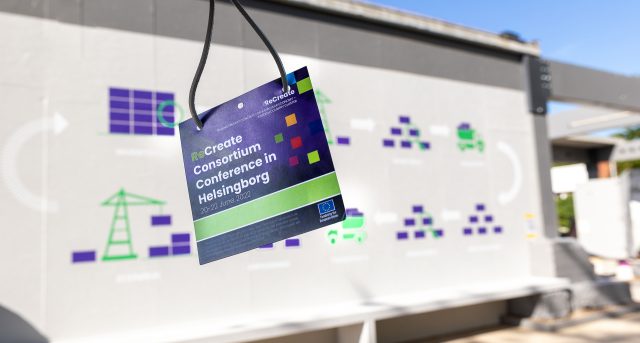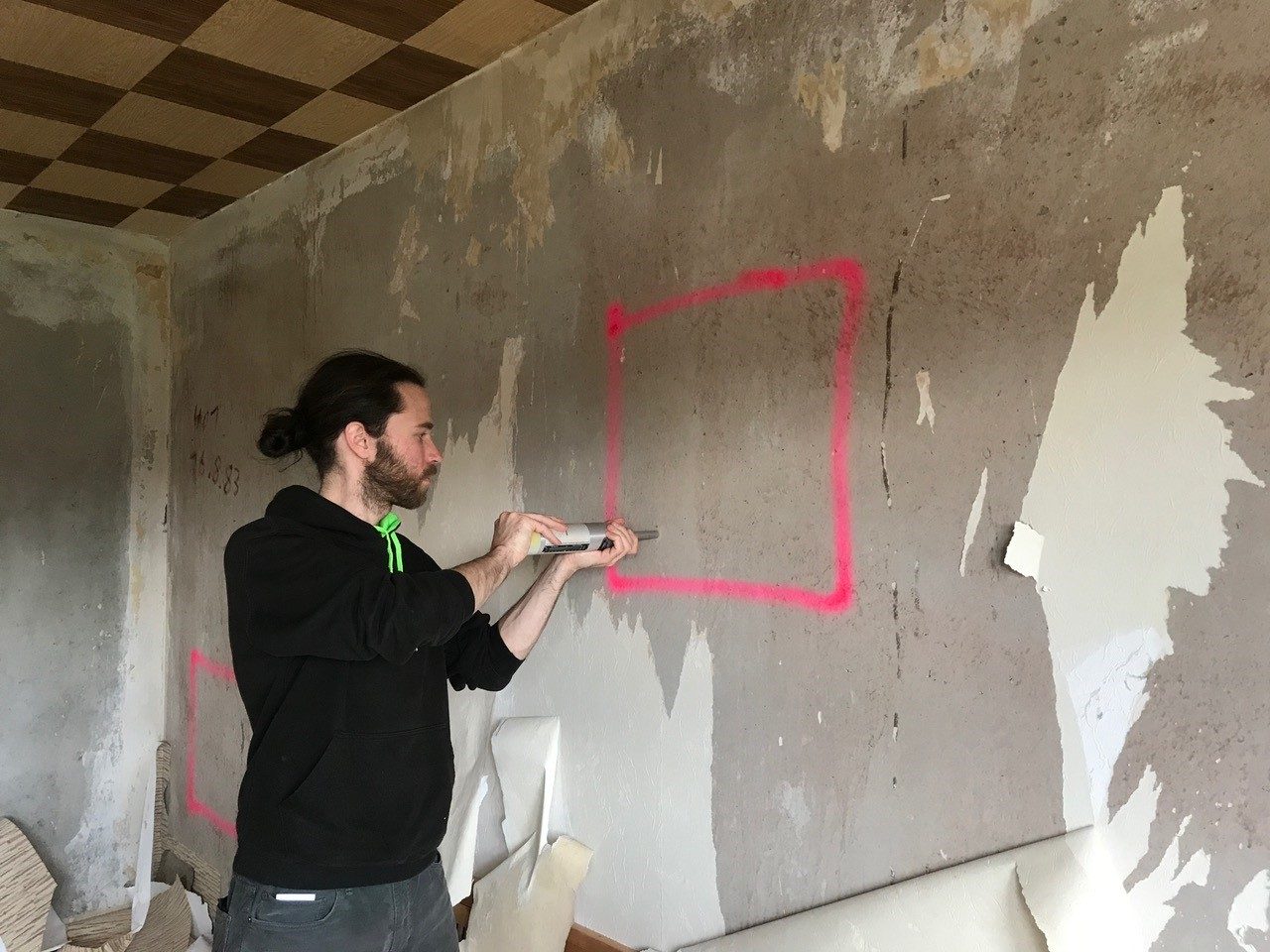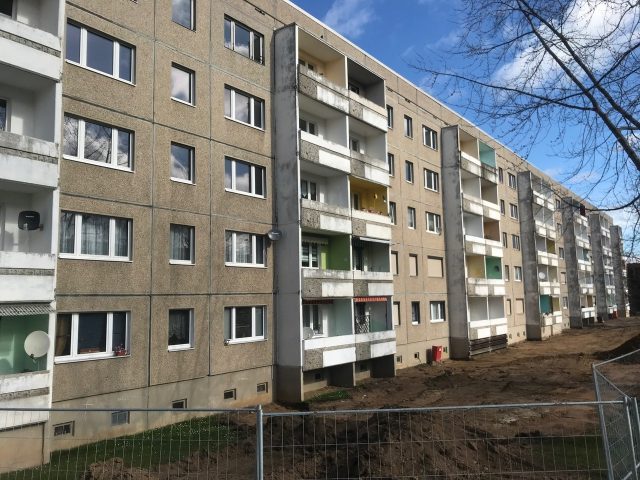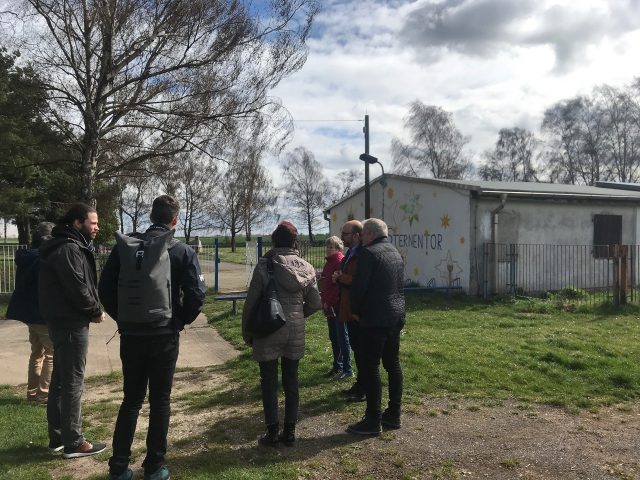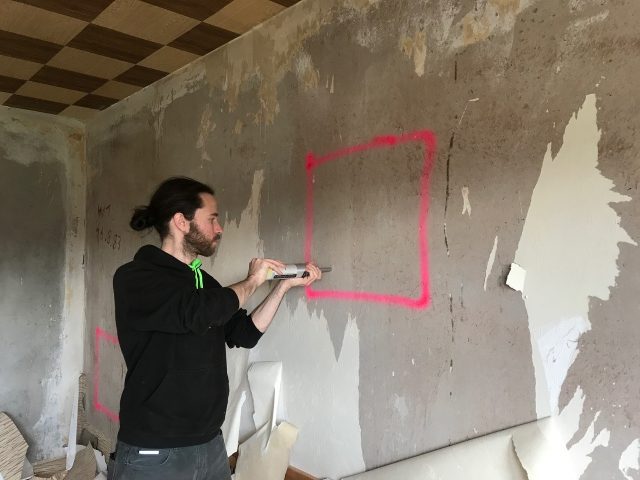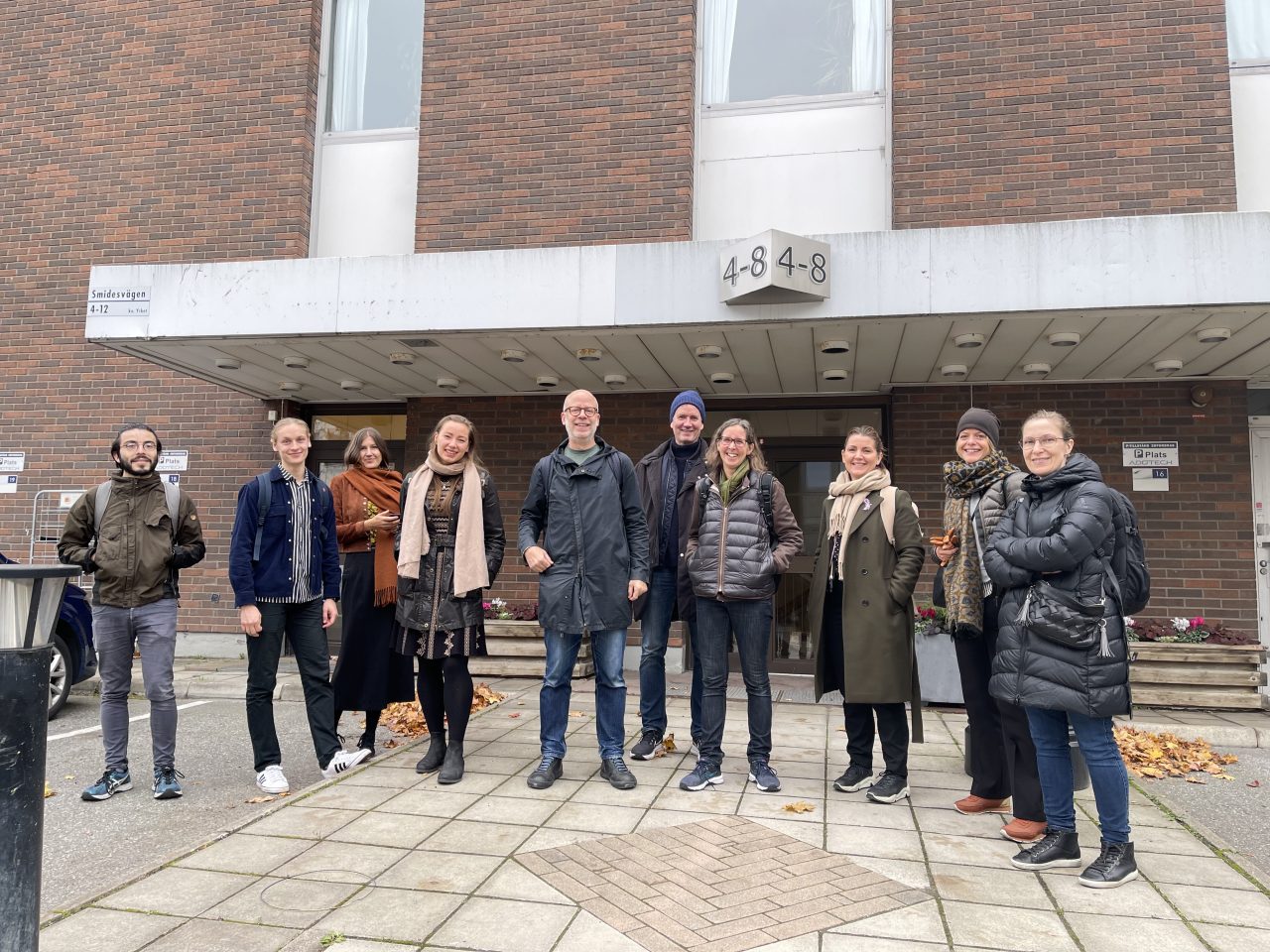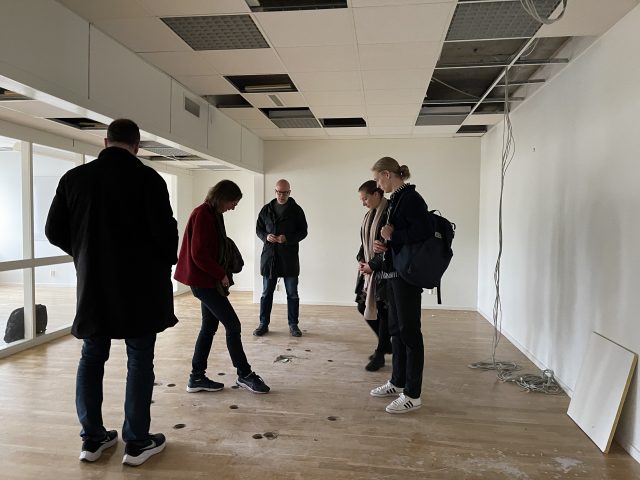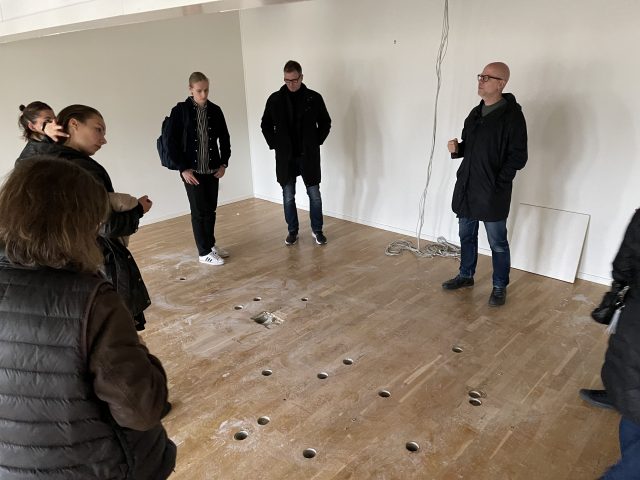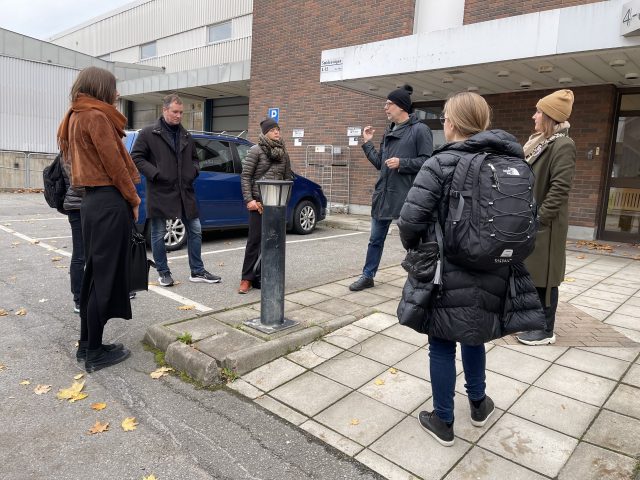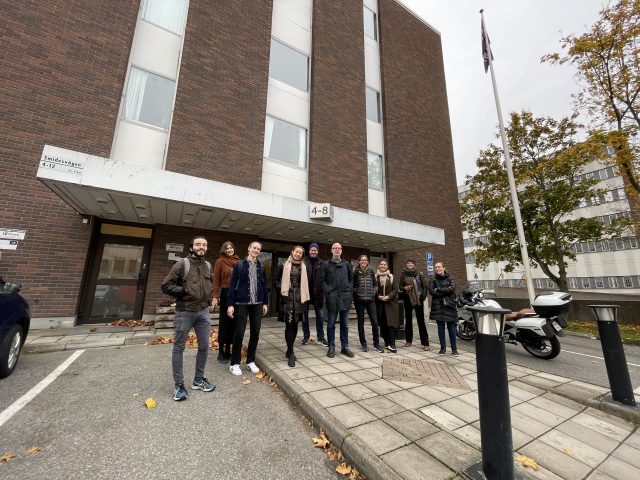In June 2024, the ReCreate project reached significant milestones with two pivotal meetings held in Zagreb, Croatia. Hosted by GBC Croatia, these gatherings brought together partners, and experts to discuss progress, share insights, and plan future actions in our mission to revolutionize the construction industry through sustainable practices.
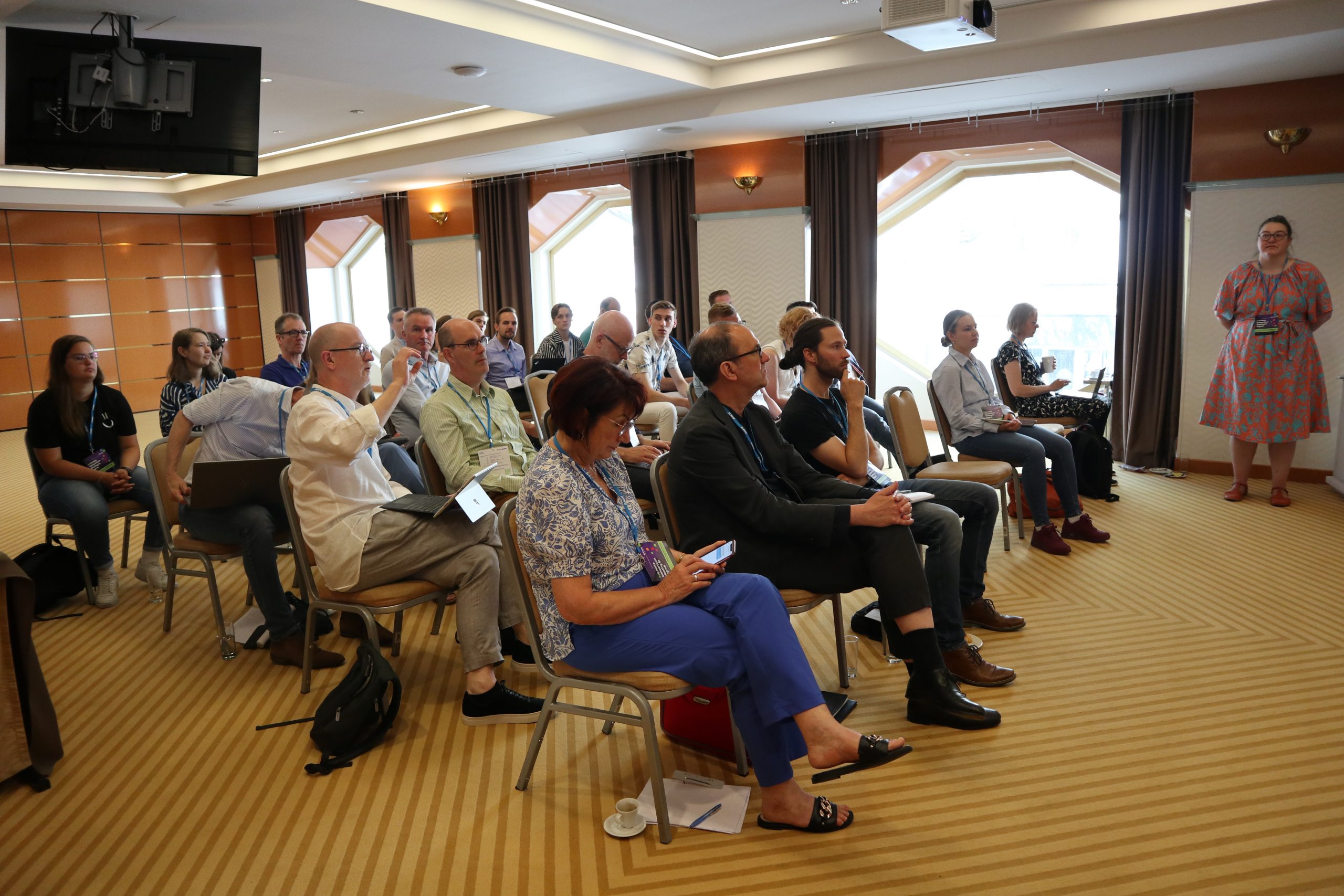
Consortium Meeting: 5th June 2024
The consortium meeting on the 5th of June was a vibrant assembly of all project partners. The event provided a platform for members to review the project’s achievements, address challenges, and align on upcoming objectives.
Highlights of the consortium meeting included:
- Project Progress Updates: Each partner presented detailed updates on their contributions and advancements, showcasing the collective progress made since the last gathering. The emphasis was on the general status of the project management, communication and dissemination activities, and the status of the each project pilot.
- Technical Discussions: In-depth discussions were held on the latest innovations in reusing precast concrete elements, highlighting technical challenges and solutions of each project pilot in Sweden, Finland, The Netherlands, and Germany.
- Collaborative Workshop: Interactive workshop fostered collaboration among partners, focusing on differences, as well as advantages and disadvantages in centralized and decentralized pilot approaches.
- Future Planning: During the meeting, partners outlined the next phases of the project, setting clear goals and timelines to ensure continued momentum and success.
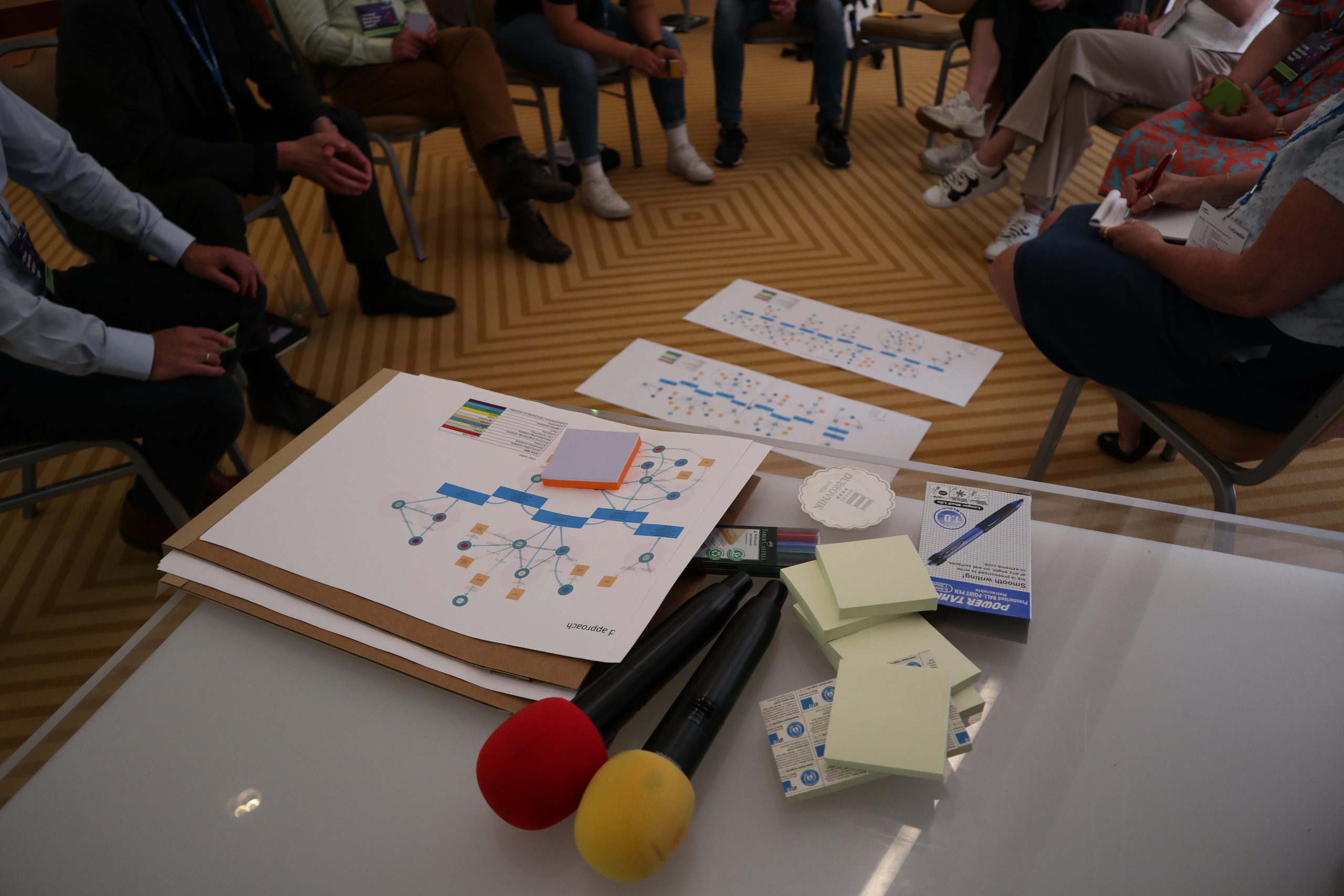
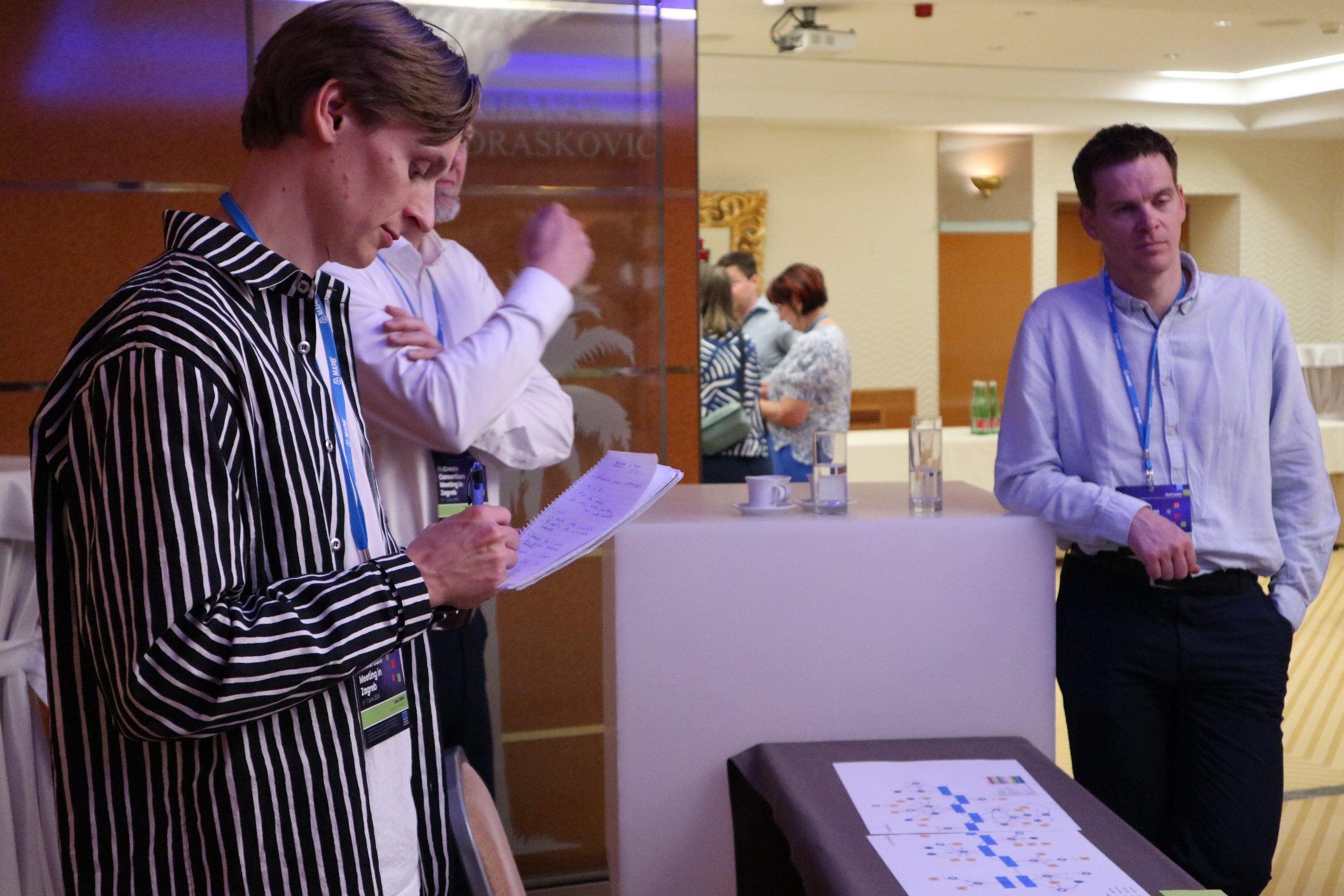
Review Meeting: 7th June 2024
Following the consortium meeting, the review meeting on the 7th of June brought together WP leaders and external reviewers. This critical session aimed to evaluate the project’s progress against its objectives and deliverables.
Key aspects of the review meeting included:
- An assessment of the project’s achievements to date, including a detailed examination of technical milestones and deliverables.
- External reviewer Helena Granados Menéndez provided valuable feedback, highlighting strengths and offering recommendations for improvement to ensure the project’s success.
- Discussions focused on the broader impact of the project on the construction industry and sustainability practices, emphasizing the importance of innovative solutions in real-world applications.
- The meeting concluded with a clear roadmap for the upcoming months, emphasizing continued collaboration, innovation, and dissemination of results.
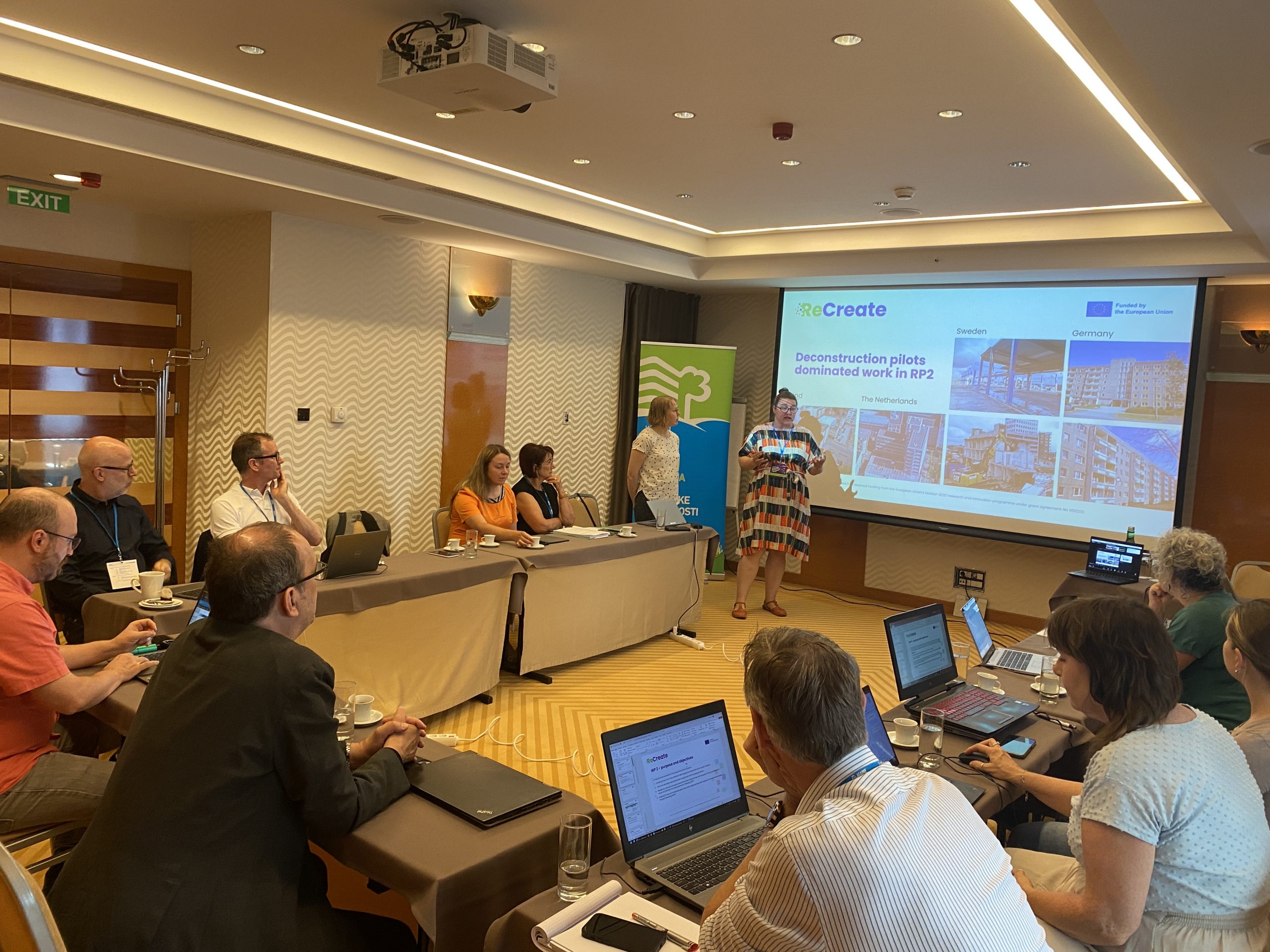
Both meetings were instrumental in driving the ReCreate project forward, reinforcing the commitment of all partners to transforming the construction industry through sustainable practices. We look forward to the next phases of the project with renewed energy and focus.
Stay tuned for more updates on our journey towards more sustainable future in construction.

